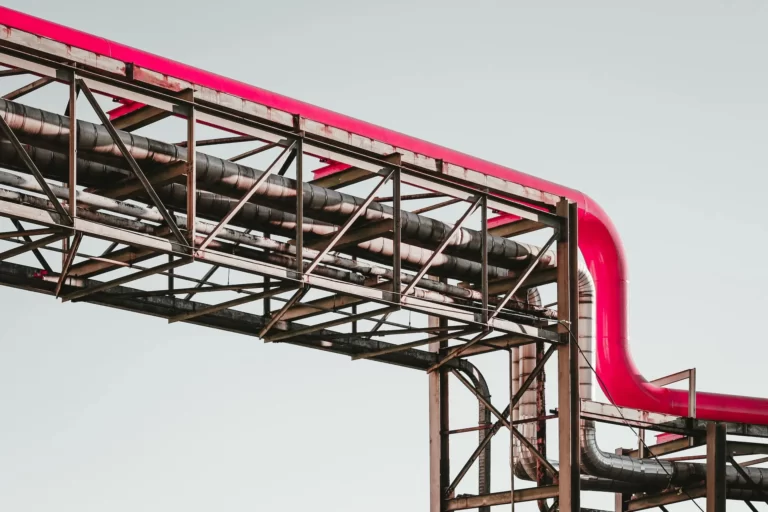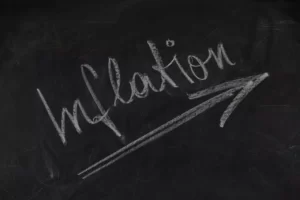Numerous oil and gas regulations have a significant impact on the oil and gas industry, which is a pillar of the American economy. These rules, put in place by state and federal organizations, are intended to regulate the activities of the sector and guarantee the safety of both workers and the environment.
These oil and gas regulations have a substantial impact on how the sector functions, affecting everything from exploration permits to environmental compliance and OSHA safety regulations.
The Clean Air Act, environmental laws, drilling procedures, and worker safety requirements are highlighted in this article as examples of how these oil and gas regulations have a significant impact on the oil and gas business.
In a Nutshell
- The oil and gas regulations are essential to the industry’s functioning, especially in light of their effects on the quality of the air and water, the regulation of offshore activities, and chemical management.
- The oil and gas regulations, which include the Clean Air Act, have a significant impact on the drilling sector. The Act requires businesses to capture natural gas that would otherwise leak into the environment in order to lower greenhouse gas emissions.
- The oil and gas regulations, which establishes regulations and standards to guarantee worker safety in the sector, is crucially enforced by OSHA. These contain detailed drilling operation suggestions.
- For small businesses in the sector, which make up roughly 80% of the oil and gas industry in the US, the oil and gas regulations provide a serious obstacle. Due to the expenditures, some businesses can find it challenging to comply with the rules.
How Oil and Gas Regulations Influence the Operations of the Oil and Gas Industry
There is no national oil and gas company in the United States. Instead, there are numerous private companies operating in the sector, including large international corporations. The activities of these companies are regulated at the state and federal levels. To begin oil and gas exploration, a company must obtain a development permit, a drilling permit, and an operating permit. The requirements for obtaining these permits are stipulated at the state level.
The prominence of Oil and Gas Regulations underscores the pressing need for environmental consciousness within the industry.
Robert Turner, Environmental Scientist
There must also be a public review period, which is often controversial. All permits must be obtained prior to commencing exploration, or the applicant may face delays and financial and legal penalties. In addition to permits, there are several standards and rules that companies must comply with when operating in the oil and gas industry.
Environmental Regulations
Environmental regulations can be considered to have a positive impact especially in the gas well drilling sector. Existing measures to reduce greenhouse gas emissions primarily affect established coal fired power plants.
This has led to an artificial acceleration of the natural gas sector. The Natural Gas Pipeline Permitting Reform Act, which the House of Representatives passed, is one measure the government has taken to speed up the federal review process for interstate pipeline applications because it is interested in further shale gas exploration.
The Clean Air Act
The effects of the Clean Air Act have been primarily positive for the gas drilling industry. The overall goal of the act is to reduce greenhouse gas emissions, with a long term goal of a 95% reduction in volatile organic compounds. The law stipulates that operators must take measures to capture natural gas that escapes into the air (green completion).
In addition, there are incentives for companies to implement this technology ahead of schedule. The technology makes it possible to capture and treat natural gases and then sell them instead of releasing them as waste.
Estimated revenues are expected to exceed compliance costs. The U.S. Environmental Protection Agency (EPA) suggests that while compliance with Clean Air Act regulations will cost $65 billion from 1990 to 2020, the savings from reduced premature deaths, reduced health costs, and increased productivity will amount to $2 trillion.
While implementation of this technology should be straightforward for large multinational companies, smaller companies may not be able to budget for the initial start up costs. About 80% of U.S. domestic oil and gas companies are very small, often with fewer than 10 employees. These initiatives can have serious repercussions on the economic viability of these smaller operations.
Drilling of New Wells
The EPA requires oil and natural gas companies to notify the agency electronically or in writing before completing a new hydraulically fractured well. Each state typically has pre notification requirements that companies must comply with and notify. For states that do not have pre notification requirements, the EPA requires companies to notify two days prior to the completion of the well.
Health and Safety Standards as Part of Oil and Gas Regulations
The Occupational Safety and Health Administration (OSHA) regulates worker safety by setting standards for working conditions. According to the U.S. Bureau of Labor Statistics, between 2016 and 2020, there were 536 fatal workplace accidents in the private sector, mining, quarrying, and oil and gas extraction industries. Some of the safety and health hazards occur due to chemical exposures, explosions and fires.
OSHA outlines guidelines for oil and gas operators to follow, but the agency also offers tips for injury prevention.For example, OSHA describes numerous health hazards associated with drilling, such as the proper use of electric tongs, which are essentially hydraulically powered tools that rotate drill pipe in the wellbore. The safety standards include specific guidelines, such as staying a safe distance from the tongs while drilling, as well as proper hand and finger placement.
Wrap Up
It is essential to comprehend the oil and gas regulations in order to comprehend how the industry functions and the difficulties it faces. Despite the costs, these restrictions are essential for reducing the industry’s environmental impact and maintaining worker safety. Although regulation may present challenges for smaller businesses, it is crucial to encourage sustainable and secure operations.
FAQs

The Clean Air Act’s goal of lowering greenhouse gas emissions has a big influence on the drilling sector. Operators must catch natural gas that might otherwise escape into the atmosphere in accordance with the Act.
OSHA establishes guidelines for oil and gas workers’ safety. For the purpose of preventing accidents and enhancing working conditions, compliance with these requirements is essential.
The gas well drilling sector has grown thanks to environmental laws, particularly those that lower greenhouse gas emissions. The natural gas industry is growing quickly as a result of these rules.
Due to the related costs, smaller businesses, which account for around 80% of the domestic oil and gas sector in the United States, may find it challenging to comply with these requirements.
Article Sources
At Capital Maniacs, we are committed to providing accurate and reliable information on a wide range of financial topics. In order to achieve this, we rely on the use of primary sources and corroborated secondary sources to support the content of our articles.
Primary sources, such as financial statements and government reports, provide firsthand evidence of financial events and trends. By using primary sources, we are able to directly reference information provided by the organizations and individuals involved in these events.
Secondary sources, such as financial analysis and commentary, interpret and analyze primary sources. While these sources can be useful for providing context and background information, it is important to use corroborated sources in order to ensure the accuracy and reliability of the information we present.
We take pride in properly citing all of our sources, both primary and secondary, in order to give credit to the original authors and to allow our readers to verify the information for themselves. We appreciate your trust in our website and are committed to upholding the highest standards of financial journalism.
- New York State, Department of Environmental Conservation – Oil and Gas
- U.S. Environmental Protection Agency – Permitting Guidance for Oil and Gas Hydraulic Fracturing Activities Using Diesel Fuels: Response to Summary Comments
- U.S. Environmental Protection Agency – Greenhouse Gas Reporting Program
- Congress.gov – H.R. 161 – Natural Gas Pipeline Permitting Reform Act
- Congressional Research Service – Methane and Other Air Pollution Issues in Natural Gas Systems
- U.S. Environmental Protection Agency – The Benefits and Costs of the Clean Air Act from 1990 to 2020 Page 2.
- U.S. Environmental Protection Agency – Controlling Air Pollution from the Oil and Natural Gas Industry-Implementation of Oil and Natural Gas Air Pollution Standards
- U.S. Environmental Protection Agency – Unconventional Oil and Natural Gas Development
- U.S. Bureau of Labor Statistics – Fatal Occupational Injuries in Private Sector Mining, Quarrying, and Oil and Gas Extraction Industries
- United States Department of Labor, Occupational Safety and Health Administration – Oil and Gas Well Drilling and Servicing



















